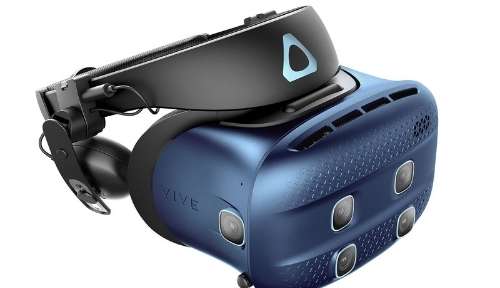
From Johnny Mnemonic to Minority Report, plenty of Sci-Fi movies over the years have shown us flashy computer user interfaces. It’s all holographic, 3D-visualized and motion-driven stuff. It looks great on screen, but they don’t make too much practical sense.
There have been more than a few attempts at creating computer interfaces that leverage 3D virtual spaces. The Irix operating system, for example, uses the fsn file manager. You might recognize it from the first Jurassic Park movie. Yeah, for once it wasn’t just Hollywood magic. There’s also been the BumpTop project, which never became a commercial success, but is now an Open Source project and still pretty cool to see.
So making 3D interfaces hasn’t been all that successful so far, but Microsoft just announced a new feature of their Sharepoint enterprise software that represents a major push for this approach to computing.
What is Sharepoint?
If you’ve worked at a large organization, you’ve probably encountered Sharepoint, but everyone else is unlikely to have heard of the software. Sharepoint is essentially a suite of tools that allow people in an organization to collaborate easily, regardless of where they are. Microsoft has a lot of corporate Sharepoint users and its always looking at ways to get more and keep the ones it has. So over time Sharepoint has accumulated some pretty cutting-edge features. Sharepoint also benefits from other neat technologies that Microsoft develops rather quickly. Business Intelligence, AI products and advanced data processing. Now we’re getting Sharepoint Spaces.
More Spaces
Sharepoint Spaces is at its heart an authoring tool that lets you create a mixed reality frontend to the data and other content you’d usually share in Sharepoint. Based on the demo videos, they’ve gone for a very intuitive drag-and-drop system that looks, on the surface, to be easy. Then again, having actually used Sharepoint, it’s not always as intuitive as one thinks.
Nonetheless, this represents a hugely important push to turn VR, AR and MR into something that’s mainly seen as an experience or entertainment, into something that’s actually productive.
Microsoft has a few initial use cases in mind. These include: recruiting, onboarding, training and product development. If this new product makes it out into the wild I fully expect the 190 000 current Sharepoint users will do awesome things with it Microsoft could never imagine.
Luckily it doesn’t seem like a pricey mixed reality headset is needed to take part in Sharepoint Spaces. You can use the virtual space through a traditional screen without any issues, but obviously also without the same level of immersion.







